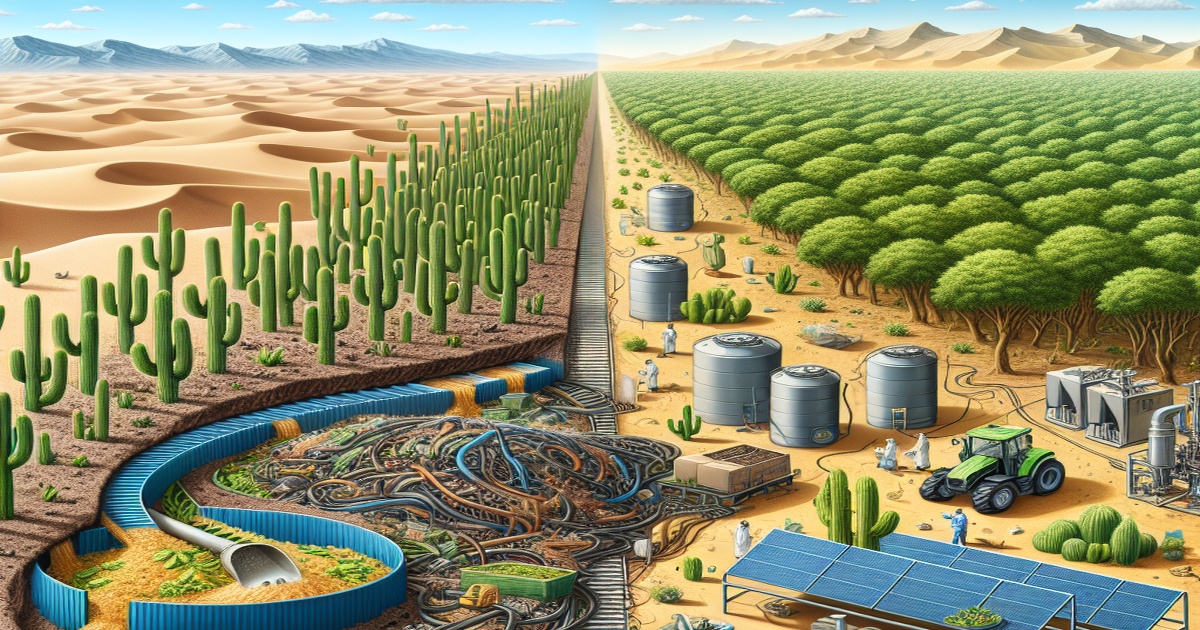For many years, the people of China's arid northwestern region have fought against shifting sands using basic methods. They pressed straw into the desert, creating grids to trap windblown sand. Today, scientists are employing advanced biotechnology, machinery, and recycled materials to reclaim the land at an unprecedented rate.
In the 1950s, straw checkerboards helped protect a section of the Baotou-Lanzhou Railway from being buried by dunes. Now, researchers at the Northwest Institute of Eco-Environment and Resources are enhancing this method with biological soil crusts. These "living carpets" of cyanobacteria stabilize sand within a relatively short timeframe.
The crust acts like an adhesive, securing the sand while preventing the growth of unwanted plants. Researchers cultivate drought-resistant cyanobacteria to speed up crust formation, significantly boosting shrub survival rates and reducing costs. This technique, already used on a large area of sandy land, is a key tool in China's desert control efforts.
This technology, focused on restoring soil habitats, offers several advantages, including quick construction, high stability, efficient sand stabilization, effective desertification control, broad applicability, and ease of use. It is a powerful tool in combating desertification and represents one of the most advanced sand-fixing and ecological restoration technologies.
retired wind turbine blades. A research team at the Dunhuang Gobi Desert Research Station has developed a new approach by repurposing these fiberglass blades into highly effective sand barriers.
Traditional sand control methods using straw or reed barriers have limitations in China's harsh desert environments. These organic materials can degrade quickly due to the extreme climate. The turbine blade solution overcomes this weakness through its remarkable material properties. Testing showed the engineered barriers have excellent bending strength and resistance to thermal stress and UV degradation.
combating desertification and finding sustainable uses for renewable energy infrastructure waste.
This technological breakthrough is part of China's comprehensive, science-driven strategy against desertification. These innovations and long-standing measures have contributed to the protection of vast areas of vulnerable land and the reclamation of significant desert areas nationwide.
These scientific concepts are increasingly accepted and are effectively guiding ecological construction in desert areas. Technology will continue to drive the development of sand and desert control efforts and contribute to global desertification governance.







5 Comments
Leonardo
Scalability Promises
Michelangelo
Peril of Material Solutions
Donatello
Comprehensive Solutions
Raphael
Short-Term Focus
Donatello
Dependency on External Expertise